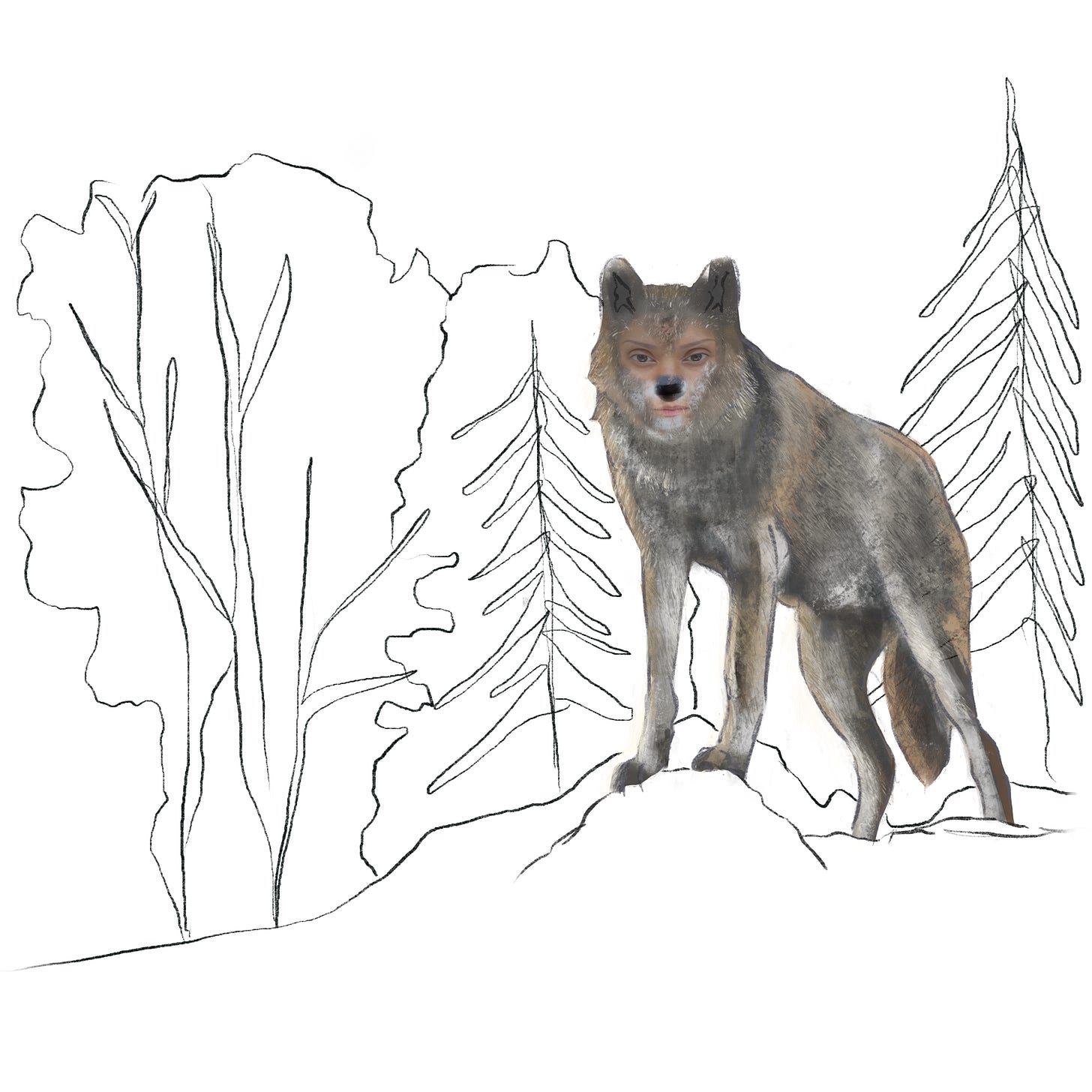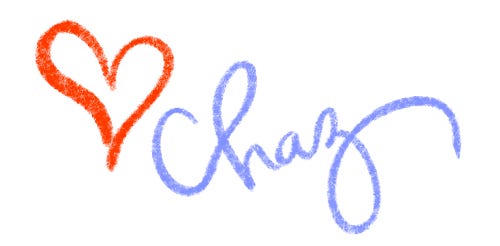I began my lone wolf phase on my 26th birthday when I packed up my Honda Civic and drove from Fort Worth, Texas to Long Beach, California. I had an intense desire to leave home—mainly the family dynamics that I felt hindered my self-agency. For context, although I have two half-siblings, I am the only child of my parents. From my perspective, my parents aren’t very compatible as partners, and I often served as a communicator between them during conflict. This enmeshed emotional dynamic is called triangulation. I am very sensitive and introspective, which developed abilities to empathize and articulate my inner world of emotions, thoughts, and cognitive processes. So naturally, I am a great mediator. But mediation skills and codependency is a tricky combination. In hindsight, I recognize that my graduate degree in counseling reflected my subconscious desire to heal others—namely my parents. When this sobering realization hit me and I recognized the futility in doing the work for them at the expense of my mental health and aspirations, I made a bold decision to move 1,200 miles away from home.
When a wolf leaves her natal pack, she becomes a lone wolf. In search of a mate to form a new pack, a lone wolf risks starvation, enemy attack, and death apart from the safety in numbers of family. This phase serves as a training ground for survival and leadership skills. But this doesn’t always mean success—even if a mate is found, the odds of survival are stacked against lone wolves.
With the odds stacked, although I learned how to take care of myself, found my mate, and expanded in ways I never would have fathomed, I can’t survive on my own. As I am being reintroduced to life in community, I am deeply reflecting on the lessons I have learned in my lone wolf phase, and I’d like to share some of them with you.
Reflection #1: Hyper-independence is a trauma response.
In Western culture where individualism is valued and independence in highly praised, hyper-independence often goes unnoticed. Hyper-independence can stem from a strong lack of trust in others, anxious avoidant attachment, or dysfunctional patterns of parentification in one’s family of origin. You can spot hyper-independence by an inability to ask for help, perfectionism with a harsh inner critic, or an avoidant attachment style. Ya girl. The shift toward interdependence has been a long ego death of releasing “I got it” and cultivating a heart posture that can directly ask, “Can you help me?” without an underlying sense of victimization.
Asking for help has been one of the hardest lessons to learn because of the deep shame and weakness I associated with dependence. I held the misbelief that if you can’t do it on your own, you are a failure. If you make a mistake, it proves your unworthiness. If you don’t do it yourself, someone else will let you down.
Overcoming this dysfunctional thinking only came by learning how to love and accept myself where I am. Void of self-love, I had no capacity to receive love from those willing to extend it without a sense of guilt or shame. Even amid struggle and uncertainty, asking for help is an individual expression of the collective understanding that we are in this together.
Reflection #2: The nuance of setting a boundary.
When I moved away from home, I left with the purpose of isolation. I wanted to move as far away as I could from the drama and characters to focus on writing my own script. But even with a boundary of vast physical distance, one phone call/text would catapult me right back into the action. At various times, I had to create stricter boundaries to allow myself the inner space to address my wounds without simultaneously exposing myself to those who reopen them. These initial set of boundaries were an expression of my resentment and withdrawal of my engagement as punishment.
I’ve learned that setting the healthy boundaries required to heal is dependent upon the energy beneath them. One can easily and ineffectively use boundaries to “teach someone a lesson” or to protect oneself from fear of rejection and abandonment. For me, this only increased the sensitivity of my triggers and frustrated me when others’ behavior continued to create an emotional charge despite the physical distance.
I couldn’t discern the difference between healthy and unhealthy boundaries until I began to prioritize myself in a relationship without the use of isolation. Now that I can recognize and advocate for my needs within a relationship, solitude serves as a boundary to replenish and nourish myself, not avoid others. Certain wounds require solitude to heal. Once the wound heals and forms a new skin, it is possible to return to the play as a member of the audience instead of a supporting character.
Loving reminder: We are relational beings living on a planet that reflects this truth back to us. You are not alone. If you are finding yourself feeling lonely and isolated as a lone wolf, remember it is a phase, not an identity to hold tightly onto. The health of our connections is integral to our wholeness.
Get Curious About Yourself | Journal Prompts
How often do you ask for help? Why or why not?
What is your relationship to boundaries in your family?
What role does isolation or solitude play in your healing journey?
Take the time to identify your needs outside of your responsibility to others.
If you see me, I see you.











I need this desperately! Thank you so much my beautiful friend!
She writes... again
Welcome back ❤️